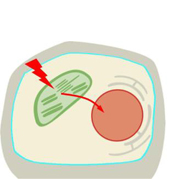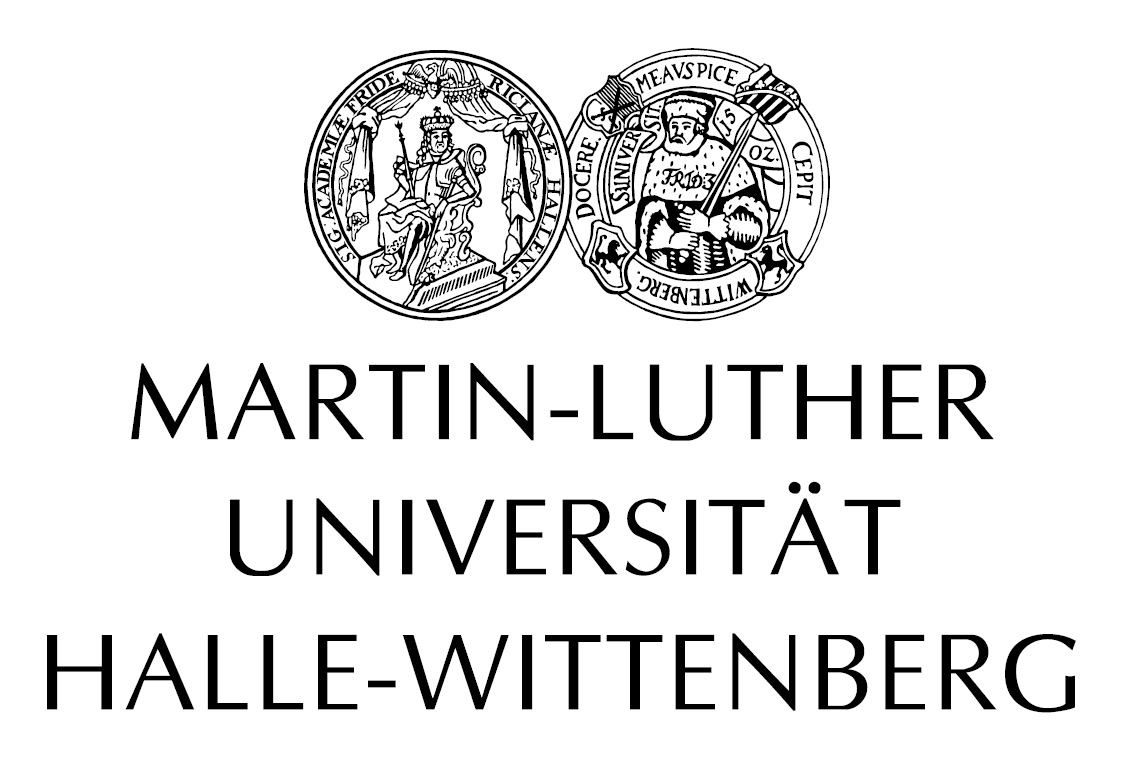// P09

Plastidial signals regulating senescence and stress response in the nucleus
Project Leader// Prof. Dr. Klaus Humbeck
Co-Supervisor// Prof. Dr. Karin Krupinska (CAU Kiel)
MLU, Institute of Biology
Plant Physiology
Senescence, the last step in leaf development, is modulated by environmental signals, enabling the plant to react to changing conditions, e.g. to start premature senescence under high salt or drought conditions. Both, the response to stress and the switch to leaf senescence are realized on the one hand via reprogramming of nuclear gene expression and are intrinsically linked on the other hand to chloroplast functions. This requires a concerted interplay between chloroplast and nucleus. Therefore, we aim to identify chloroplast-derived factors acting in the nucleus upstream of stress- and senescence-related reprogramming of gene expression, which as we could show involves epigenetic control mechanisms. We will focus on recently identified transcription factors of the Whirly family, which show dual localization in chloroplasts and the nucleus and which are discussed to be involved in communication between the plastid and the nucleus. Effects of loss-of-function of these factors on leaf senescence and stress responses will be analyzed in the respective Arabidopsis mutants via photosynthesis-related measurements, expression and protein-protein-interaction studies and determination of epigenetic histone modifications.



